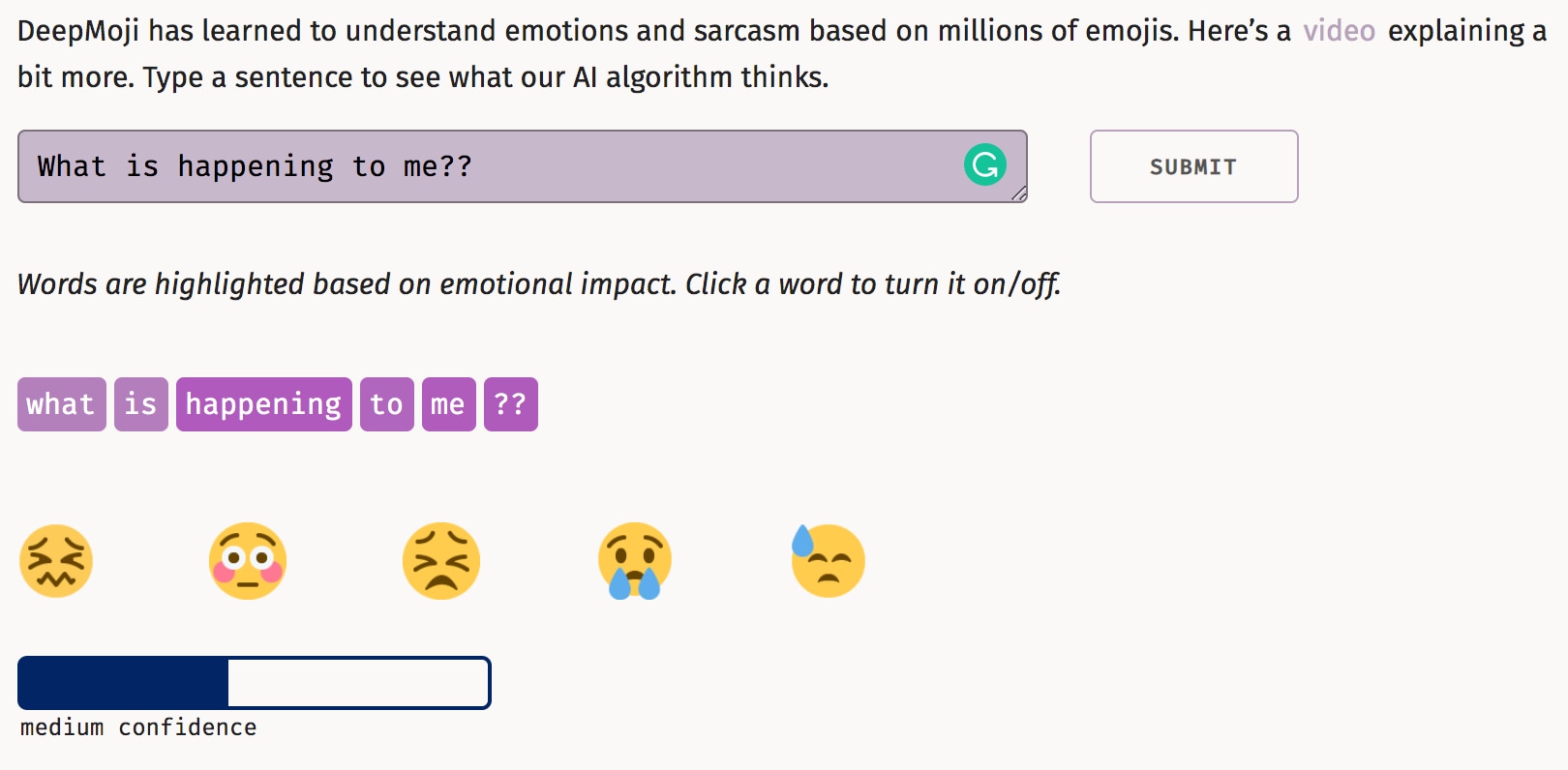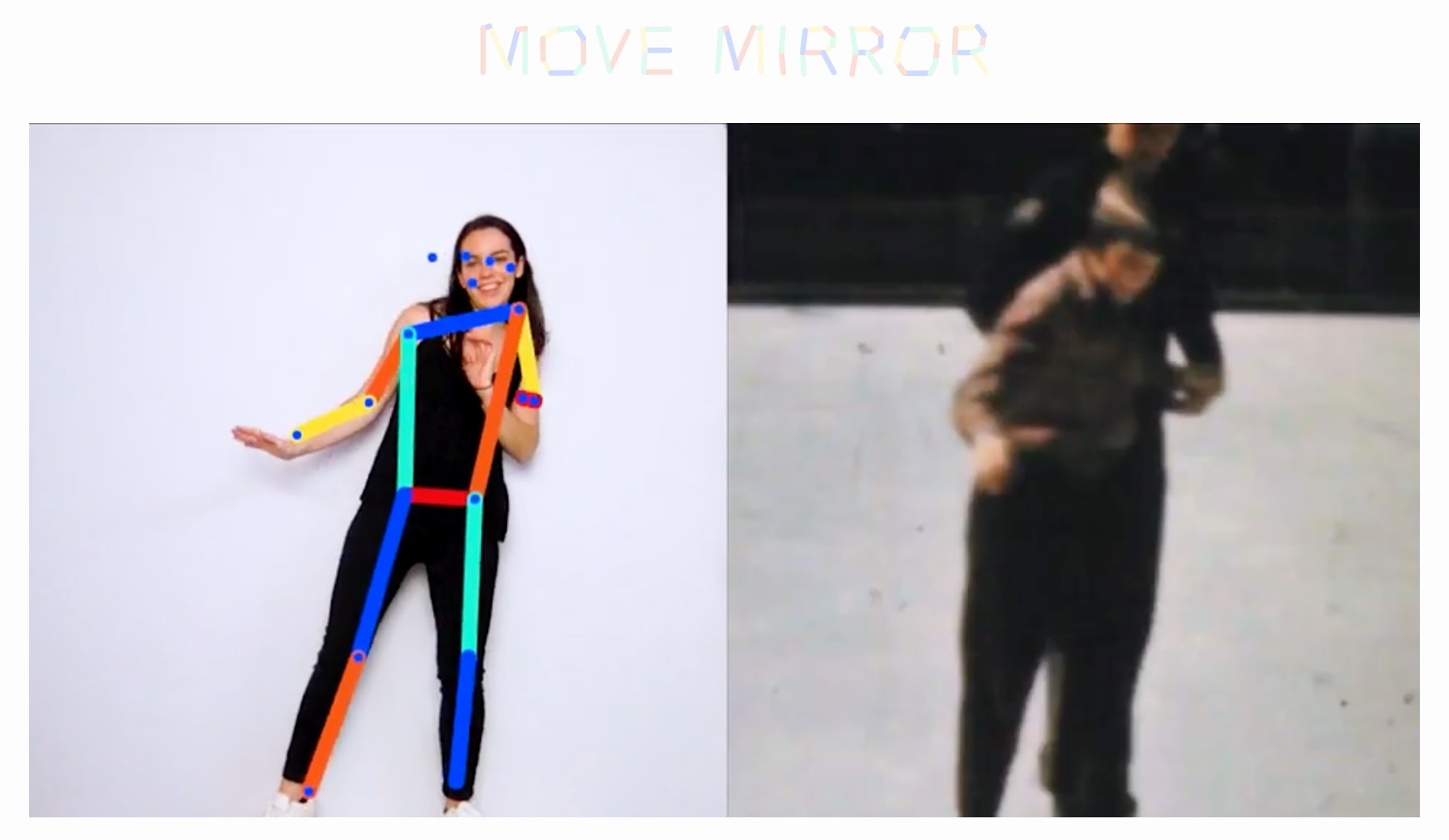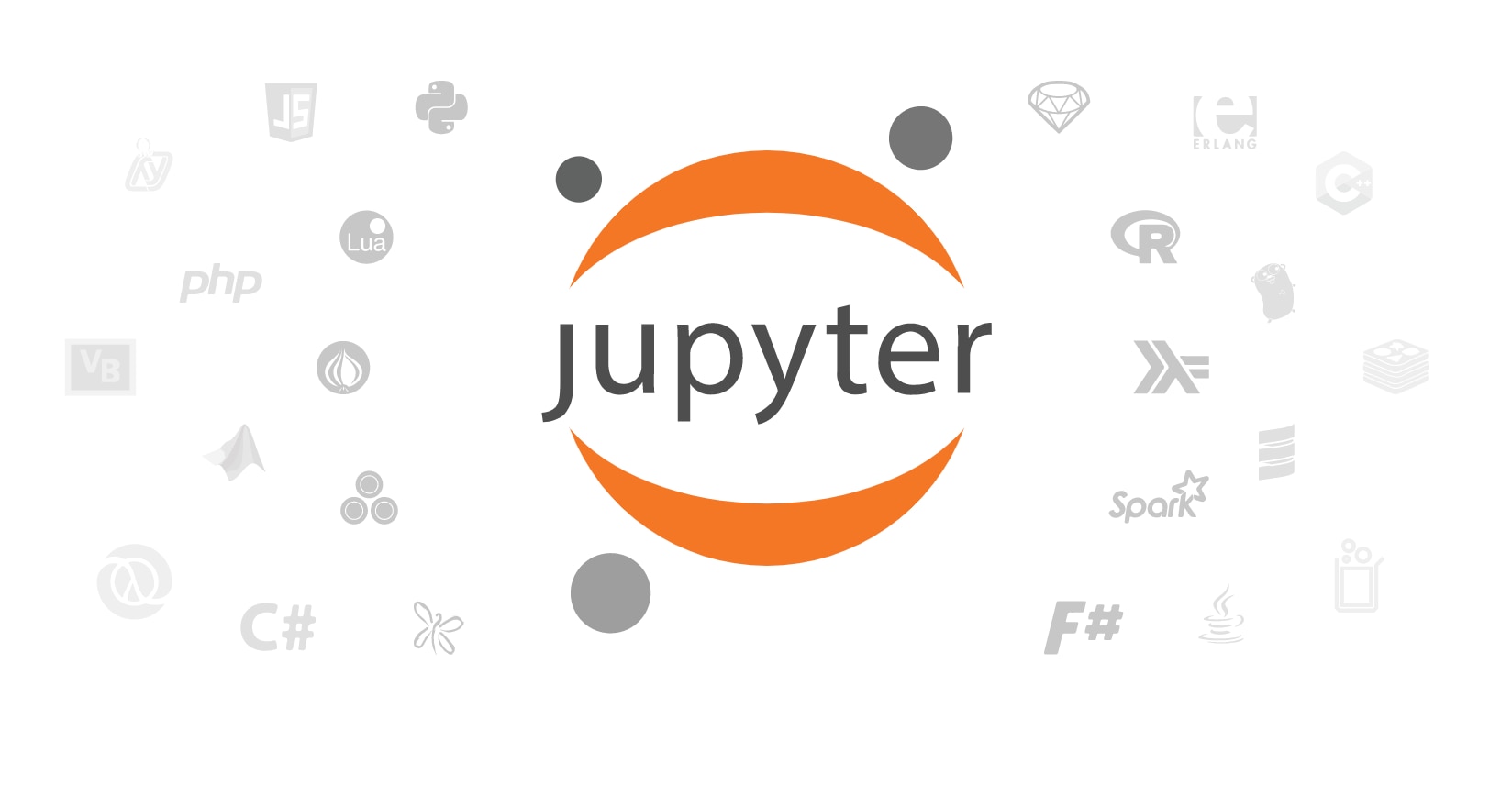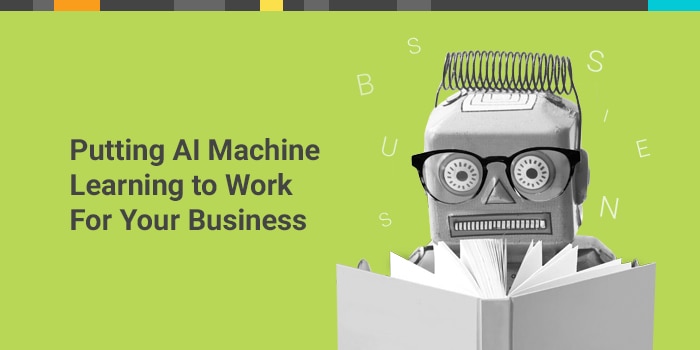I know you might be asking yourself, how can I follow those gems up with something you'll be able to ingest, take in, and reflect on thoughtfully?
Let's take this opportunity to celebrate. (Thank goodness!) And in that celebration, I'm going to lay some machine artificial intelligence learning (MAIL) on you, so you can get started, play around, and whatever else you’d like. One of the big problems of dealing with the amorphous concept of something like ML or AI is, it's so big, you don't even know where to start.Image: I was on vacation recently in Bermuda
It's like trying to classify waves and clouds. If you start small, you can get somewhere, but imagine trying to understand everything in this image... So instead of trying to figure out how to build something from scratch, start with the work others have already done, so you can play with things, understand things, and get started without all the brain damage. Let's get started with emotion and sentiment analysis with DeepMoji. (Artificial Emotional Intelligence). It's an interesting project taking words and using AI to convert them into emotions and emojis. (Emojitions?) Image: https://deepmoji.mit.edu/
On the surface it may not seem too sophisticated, but it's a start and with the DeepMoji project up on GitHub, you can get started with understanding how it works today.
The next one, which lets you immediately see things “working,” is the Move Mirror AI Experiment.
Image: https://deepmoji.mit.edu/
On the surface it may not seem too sophisticated, but it's a start and with the DeepMoji project up on GitHub, you can get started with understanding how it works today.
The next one, which lets you immediately see things “working,” is the Move Mirror AI Experiment.
 Image: AI Experiments: Move Mirror
This fun little project lets you use your own camera and movements to match your body movement to an image of the same movement. I've seen the principle of this used in drastic other ways (to make it look like someone is talking or moving lips when you talk, or other funny and equally scary tactics).
Is this project going to be a game-changer for you? Probably not. Is it a little fun? Definitely!
And that brings us to the next piece of this puzzle, which is the Experiments with Google page. This is quite cool because they have AI experiments, AR experiments, voice experiments, and so much more.
But after you're done playing around and interacting with these game-changing models, samples, and examples, you can start getting your hands dirty.
I'd immediately encourage you to look at the TensorFlow Hub (a collection of reusable machine learning modules). It's a great resource to learn, interact with, and ingest work others have done, so you don't have to start from scratch.
And after you’re ready to take things seriously and even start competing with others in making machine learning and AI even better, head over to Kaggle.
Image: AI Experiments: Move Mirror
This fun little project lets you use your own camera and movements to match your body movement to an image of the same movement. I've seen the principle of this used in drastic other ways (to make it look like someone is talking or moving lips when you talk, or other funny and equally scary tactics).
Is this project going to be a game-changer for you? Probably not. Is it a little fun? Definitely!
And that brings us to the next piece of this puzzle, which is the Experiments with Google page. This is quite cool because they have AI experiments, AR experiments, voice experiments, and so much more.
But after you're done playing around and interacting with these game-changing models, samples, and examples, you can start getting your hands dirty.
I'd immediately encourage you to look at the TensorFlow Hub (a collection of reusable machine learning modules). It's a great resource to learn, interact with, and ingest work others have done, so you don't have to start from scratch.
And after you’re ready to take things seriously and even start competing with others in making machine learning and AI even better, head over to Kaggle.
 You can also use Jupyter notebooks to get started on building, testing, and so much more.
And lastly, if you have some real business things you need to work on, and don't have the time, inclination, or interest in learning quite so much upfront, check out AutoML from Google. They take a lot of the effort out of it (for a small fee of course). [Interesting little fact, some people have competed in Kaggle competitions using AutoML and trained for as little as an hour and got the same or better results of some people that trained for a month or more.]
And this is just scratching the surface of some of the resources to dig into. A few other resources I would highly encourage investigating are:
You can also use Jupyter notebooks to get started on building, testing, and so much more.
And lastly, if you have some real business things you need to work on, and don't have the time, inclination, or interest in learning quite so much upfront, check out AutoML from Google. They take a lot of the effort out of it (for a small fee of course). [Interesting little fact, some people have competed in Kaggle competitions using AutoML and trained for as little as an hour and got the same or better results of some people that trained for a month or more.]
And this is just scratching the surface of some of the resources to dig into. A few other resources I would highly encourage investigating are:
- YouTube! Yes, YouTube has some great ML/AI-ers who produce some amazing content, some of which is quite ridiculous.
- Code Bullet on YouTube is pretty ridiculous, but can really give you perspective on the amount of effort and work that goes into building some things from scratch.
- On Twitter, if you're not following these folks already, it's imperative for your MAIL future to do so.
- @tkasasagi (Who I already mentioned in Machine Learning and Destroying the Library of Alexandria)
- @dynamicwebpaige (Amazing, smart, rock star who works at Google AI with TensorFlow)
- @fchollet (Creator of Keras, neural networks library, and author of Deep Learning with Python, not to mention a great resource and person)
- @suzatweet (MLT Lead, Minds and Machine Learning, and some other awesome things.)
- @_aiCarly (Technical powerhouse and working at an AI company.)
- @cxi (Hey—that's me! I cannot publicly discuss my own ML/AI projects, but I talk about and share a lot of other people's work.)








